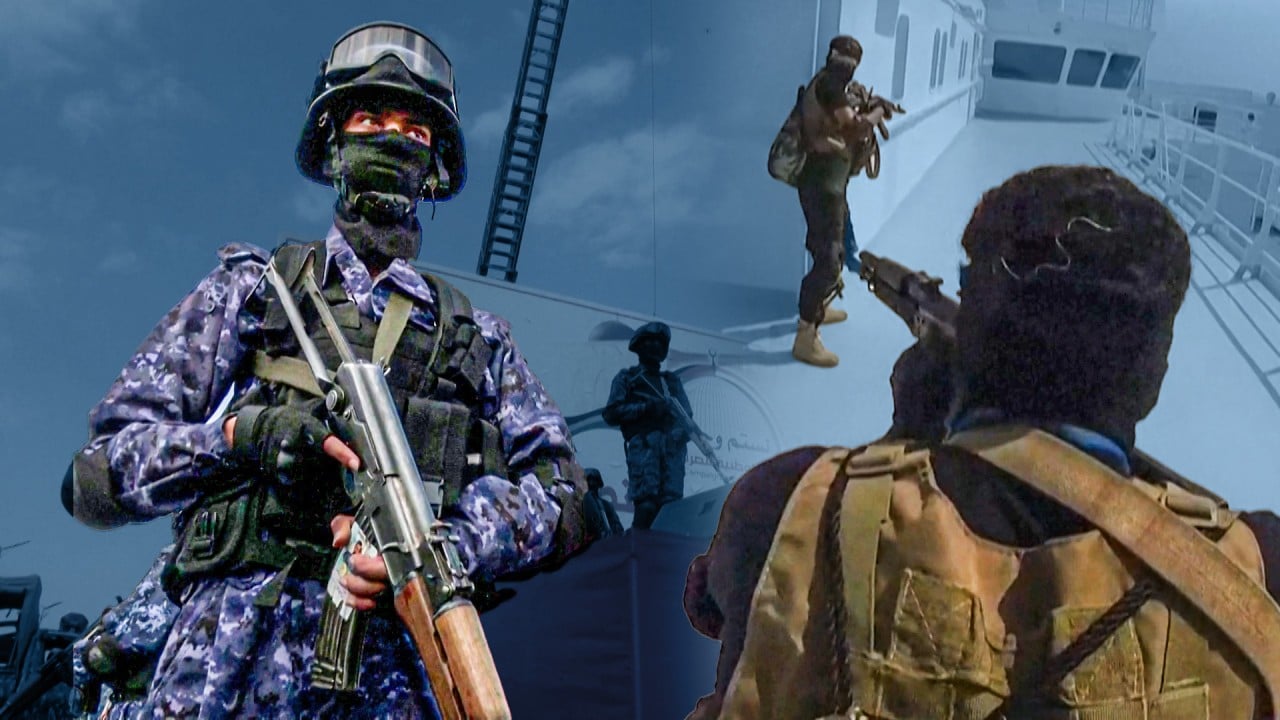China has particular exposure to Africa as its fifth-largest source of foreign direct investment stock in 2021, United Nations Conference on Trade and Development data showed.
Its investments in Africa reached US$1.8 billion in the first half of 2023, up by 4.4 per cent year on year, the Ministry of Commerce said in October.
China is also Africa’s biggest trading partner, the state-owned news outlet said.
Chinese foreign direct investment in Africa has grown steadily from US$75 million in 2003 to US$5 billion in 2021, according to the China Africa Research Initiative at Johns Hopkins University.
Chinese investors have signed contracts to build two airports and a pipeline to send water from Ethiopia to Djibouti, while a Chinese-funded railway from Djibouti to Ethiopia opened in 2018.
In the neighbouring coastal nation of Eritrea, Chinese invest in the mining of gold, copper ore and potassium-rich potash.
A “suspension of shipping” in the Red Sea has impacted Djibouti, Ethiopia, Eritrea and Sudan, according to He Liehui, vice-president of the African-Chinese People’s Friendship Association.
The geographic locations in East Africa and the “distribution” of world shipping routes mean shippers have no way to detour around the Cape of Good Hope at the southern tip of Africa, He said.
They are also seen to lack the advanced road and rail systems found elsewhere in the world.
Firms eye Plan B ahead of Lunar New Year as Red Sea crisis roils supply chains
Firms eye Plan B ahead of Lunar New Year as Red Sea crisis roils supply chains
“The import and export of trade goods and raw and auxiliary materials, for project construction, of many Chinese-funded enterprises in those countries have been severely affected by the Red Sea crisis, which has triggered a chain effect and caused suspension of production,” He said in an interview with domestic news website Guancha last week.
Chinese shippers face higher cargo rates, a lack of empty containers and decisions on whether to use land routes from China to Europe, said Sunny Huang, a director at Fitch Ratings in Hong Kong.
Port operators have also felt the impact, although to a lesser degree, on their operating efficiency and costs, Huang added.
But while Chinese businesses in East Africa have to pay more, they do not need to stop shipping outright because of the Red Sea problem, said Christian Roeloffs, chief executive officer of German container logistics platform Container xChange.
Shippers can still hire feeder ships in India, Pakistan or the Persian Gulf that do not mind the risk of crossing the Red Sea into Africa, Roeloffs added.
But the transfer of cargo from Chinese ships to feeder vessels in places such as Kolkata in India or Karachi in Pakistan adds one to two weeks and US$100 to US$200 per box for every offload from one vessel or load onto another, he said.
Feeder lines, which range from three to more than 100 vessels, were popular during the coronavirus pandemic when world shipping demand surged, Roeloffs added.
Some Chinese shippers are exploring ocean routes around the Cape of Good Hope or air and rail combinations – a popular option for e-commerce transport – Lau said.
Some cargo also reaches Dubai by sea from China before continuing by costly air routes to its final destinations.
The Red Sea disruption, if it is expected to last long, will encourage the development of labour-intensive manufacturing in Africa
“While we expect some stabilisation, the overall outlook underscores the need for adaptive, agile strategies to mitigate the impact of ongoing disruptions,” Lau said.
Huang from Fitch expects supply chain disruptions caused by the Red Sea issue to be “temporary”, with container shipping capacity set to grow within the year.
But a prolonged disruption in the Red Sea could eventually benefit China’s investment in Africa by shifting it away from shipping-linked infrastructure, such as ports, and toward higher value labour-intensive manufacturing, said T.L. Yip, an associate professor in the Department of Logistics and Maritime Studies at The Hong Kong Polytechnic University.
“In Africa, China’s investments in infrastructure and then labour-intensive manufacturing are repeating the China model in the 1990s through the 2010s,” Yip said.
“The Red Sea disruption, if it is expected to last long, will encourage the development of labour-intensive manufacturing in Africa.”


